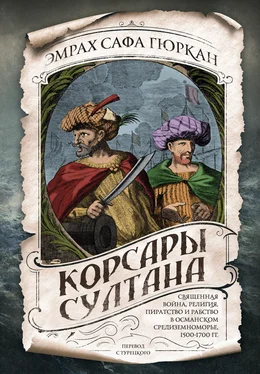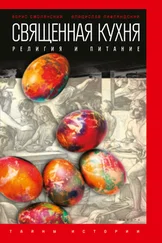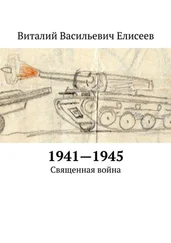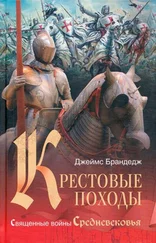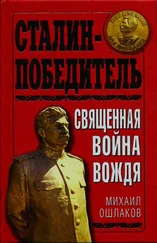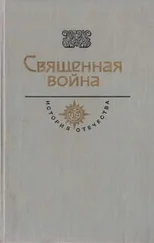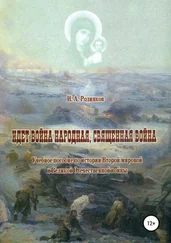Bennassar et Bennassar, Les chrétiens d’Allah , 386; De Grammont, «Les deux canons de Simon Dansa», 10; Merouche, La course: mythes et réalité, 194.
Об этом см.: De Grammont, «Les deux canons de Simon Dansa.»
Тиннисвуд правильно исправляет дату события, указанную Литгоу как 1616 год, на 1615-й. Tinniswood, Pirates of Barbary , 311, dn. 28.
William Lithgow, Travels and Voyages, through Europe, Asia, and Africa for Nineteen Years. Containing An Account of the Religion, Government, Policy, Laws, Customs, Trade, &c of the several countries through which the Author travelled; and a Description of Jerusalem, and many other remarkable places mentioned in Sacred and Profane History: Also A Narrative of the tortures he suffered in Spanish Inquisition, and of his miraculous delivrance from those cruelties (Edinburgh: A. Murray and J. Cochran, 1770, 11th edition), 352–354.
Bak, Barbary Pirate , 54–55.
Флибот: голланд. vlieboot , англ. fl y boat . Парусник с ровным дном, который голландцы усовершенствовали, чтобы передвигаться по мелководью, особенно в проливе Влистром. Эти торговые суда с водоизмещением от 70 до 180 тонн (их строили в разных размерах) также служили в военных и пиратских целях.
Bak, John Ward , 92.
Merouche, La course: mythes et réalité , 194.
John Rawlins, «Te Famous and Wonderful Recovery of a Ship of Bristol, Called the Exchange from the Turkish Pirates of Argier (1622)», Piracy, Slavery and Redemption, Barbary Captivity Narratives from Early Modern England, yay. haz. Daniel J. Vitkus (New York: Columbia University Press, 2001), 105.
BNF, Manuscripts turcs 130, fol. 29v. С транслитерированным латиницей текстом фетвы можно ознакомиться в кн.: Viorel Panaite, «A Legal Opinion on Western Piracy in the Ottoman Empire about the Late-Sixteenth and Early-Seventeenth Centuries», Révue des études sudest éuropéennes XLVII/1-4 (2009), 172–173.
Бота (итал. botta, англ. butt) – мера, равная в среднем 0,725 тонны. Alberto Tenenti, Piracy and the Decline of Venice, 1580–1615 ; Janet and Brian Pullan (Berkeley and Los Angeles: University of California Press, 1967), 153. О проблемах, связанных с точным расчетом бот, см.: Frederic Chapin Lane, Venetian Ships and Shipbuilders of the Renaissance (Baltimore: Te Johns Hopkins Press, 1934), 246–249.
Tenenti, Piracy and the Decline of Venice , 129.
Panzac, Barbary Corsairs , 64.
Coindreau, Les corsaires de Salé , 59, 61.
Michel Fontenay, «Le corso dans l’économie portuaire: l’exemple de Malte et des ports barbaresques», I porti come impresa economica: atti della «Diciannovesima settimana di studi», 2–6 Maggio 1987, yay. haz. Simonetta Cavaciocchi (Firenze: Le Monnier, 1988), 1321–1347. Повторное издание: Michel Fontenay, La Méditerranée entre la Croix et le Croissant: Navigation, commerce, course et piraterie (XVIe-XIXe siècle) (Paris: Garnier, 2010), 285.
Девширме – 1) система набора детей из христианского населения для их исламизации, затем – службы в армии, в администрации империи и во дворце падишаха как его личных рабов; 2) ребенок, юноша или взрослый, ставшие заложниками системы девширме. – Прим. пер.
Несмотря на то что потом мятежников приняли в оджак, им не позволили занимать в нем важные посты вроде дея (здесь – глава корпуса), аги, хазинеджи (казначея) или векильхарджа (ответственный за провиант), а также возглавлять подразделения больше роты. Между тем местные связи обеспечили кулогуллары должности командиров (беев) отрядов, собиравших налоги с бедуинских племен. Об их борьбе с янычарами вплоть до 1817 года см.: Boyer, «Le problème Kouloughli.» Здесь важны замечания Тал Шувала; он расценивает как идеологическое преимущество то, что янычары в Алжире не смешивались с коренным населением в ХVIII веке, когда их собратья обосновались в остальных османских эялетах. «Te Ottoman Algerian Elite and Its Ideology», International Journal of Middle East Studies 32 (2000): 323–344.
Paul Wittek, The Rise of the Ottoman Empire (London: Royal Asiatic Society, 1938).
Fuad Köprülü, Les origines de l’empire ottoman (Paris: E. de Boccard, 1935); George Georgiades Arnakis, Hoi protoi othomanoi (Athenai, 1947); Speros Vryonis Jr., The Decline of Medieval Hellenism in Asia Minor and the Process of Islamization from the Eleventh through the Fifteenth Century (Berkeley: University of California Press, 1971); Ernst Werner, Die Geburt einer Grossmacht – Die Osmanen (1300–1481): Ein Beitrag zur Genesis des türkischen Feudalismus (Berlin: Akademie-Verlag, 1966); Halil İnalcık, «The Question of the Emergence of the Ottoman State», International Journal of Turkish Studies 2 (1980): 71–79; G. Káldy-Nagy, «The Holy War (jihâd) in the First Centuries of the Ottoman Empire», Harvard Ukranian Studies 3/4 (1979–1980): 467–473; Rudi Paul Lindner, Nomads and the Ottomans in Medieval Anatolia (Bloomington: Indiana University Press, 1983); Pál Fodor, «Ahmedî’s Dâsitân as a Source of Early Ottoman History», Acta Orientalia Academiae Scientiarium Hungaricae 38 (1984): 41–54; R. C. Jennings, «Some Thoughts on the Gazi Tesis», Wiener Zeitschrift für die Kunde des Morgenlandes 76 (1986): 151–161; Colin Heywood, «Wittek and the Austrian Tradition», The Journal of the Royal Asiatic Society of Great Britain and Ireland (1988): 7-25; a.g.y., «Boundless Dreams of the Levant: Paul Wittek, the George-‘Kreis’, and the Writing of Ottoman History», The Journal of the Royal Asiatic Society of Great Britain and Ireland (1989): 32–50; Colin Imber, «Paul Wittek’s ‘De la défaite d’Ankara à la prise de Constantinople’», Journal of Ottoman Studies 5 (1986): 65–81; a.g.y., «The Ottoman Dynastic Myth», Turcica 19 (1987): 7-27; a.g.y., «The Legend of Osman Gazi», The Ottoman Emirate (1300–1389): A Symposium Held in Rethymnon, 11–13 January 1991 , yay. haz. Elizabeth Zachariadou (Rethymnon: Crete University Press, 1993), 67–76; Şinasi Tekin, «Türk Dünyasında Gaza ve Cihad Kavramları Üzerinde Düşünceler», Tarih ve Toplum 109 (1993): 9-18, 110 (1993): 73–80; Cemal Kafadar, Between Two Worlds: The Construction of the Ottoman State (Berkeley: University of California Press, 1995); Feridun Emecen, «Gâzâya Dair: XIV. Yüzyıl Kaynakları Arasında Bir Gezinti», Prof. Dr. Hakkı Dursun Yıldız Armağanı (Ankara: Türk Tarih Kurumu Basımevi, 1995): 191–197; Colin Imber, «Cemal Kafadar: Between Two Worlds: the Construction of the Ottoman State», Bulletin of the School of Oriental and African Studies 60/1 (1997): 211–212; Linda Darling, «Contested Territory: Ottoman Holy War in Comparative Context», Studia Islamica 91 (2000): 133–163; Heath Lowry, The Nature of the Early Ottoman State (Albany: State University of New York Press, 2003).
Читать дальше
